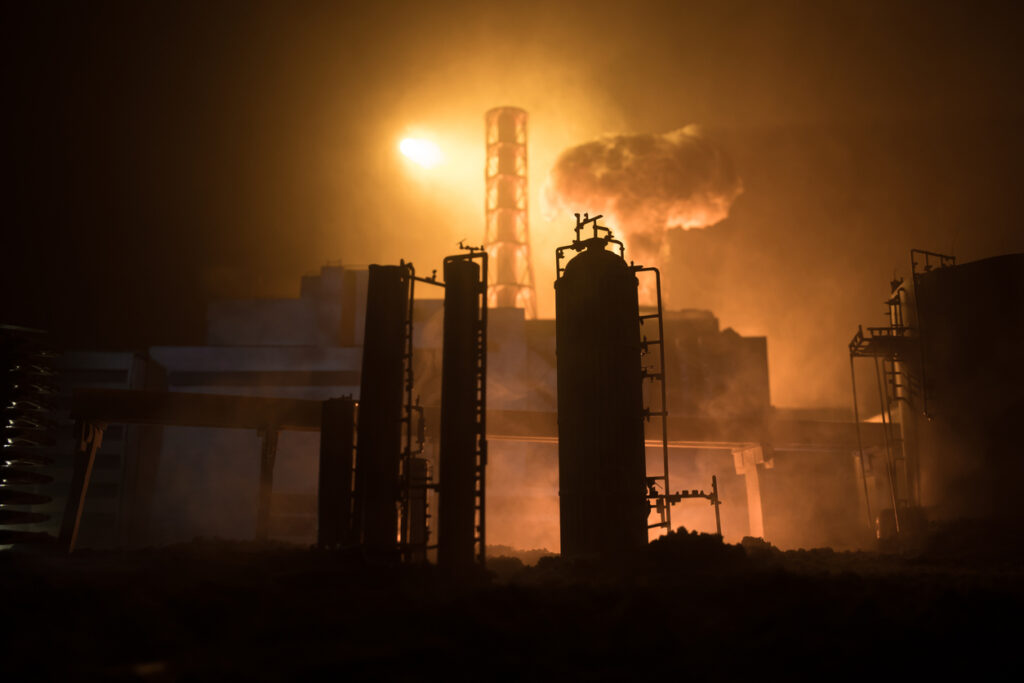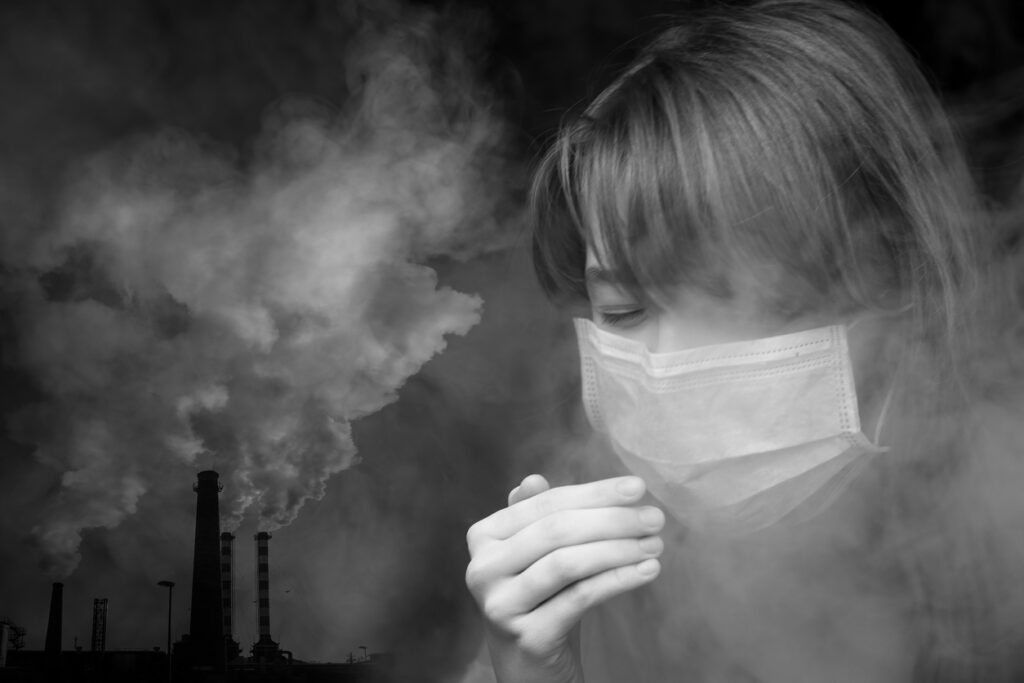The Louisiana oil industry is one of the state’s largest economic drivers, employing thousands of workers across offshore platforms, refineries, and processing plants. While these jobs support families and communities, they also come with significant occupational hazards. Among the most dangerous threats is toxic gas exposure, a hidden risk that can affect workers’ health immediately and over time. Understanding how exposure occurs, what symptoms to look for, and the long-term consequences is critical for protecting workers and ensuring safety standards are met.
The Presence of Toxic Gas Exposure in the Oil Fields of Louisiana
Louisiana’s oil fields and offshore rigs present a unique environment where volatile chemicals are ever-present. Workers may be exposed to gases such as hydrogen sulfide, benzene, methane, and volatile organic compounds during drilling, refining, and transport operations. These gases are colorless and often odorless, which makes toxic gas exposure particularly dangerous. In confined spaces or poorly ventilated sites, even short-term exposure can result in serious health complications.
How Toxic Gas Exposure Threatens Immediate Worker Safety
When gases accumulate in drilling or refinery areas, workers may face rapid health effects that demand urgent medical attention. Inhalation of toxic vapors can cause dizziness, headaches, nausea, and respiratory distress. Prolonged inhalation of substances like hydrogen sulfide can lead to unconsciousness or death within minutes. For Louisiana oil workers, the nature of confined equipment rooms, pipelines, and tanks makes acute toxic gas exposure an ever-present danger.

Long-Term Health Consequences of Toxic Gas Exposure
Beyond immediate safety threats, toxic gas exposure has lasting consequences that can impact workers for years after initial contact. Chronic inhalation of benzene, for example, is linked to blood disorders and certain forms of cancer. Continuous exposure to hydrocarbon vapors can cause neurological decline, lung disease, and damage to the liver and kidneys. The cumulative effects are particularly concerning in Louisiana’s oil industry, where workers may spend decades in environments where gases are constantly released.
Recognizing Early Symptoms of Toxic Gas Exposure in Oil Workers
One of the greatest challenges in preventing long-term harm is identifying early warning signs of exposure. Workers often dismiss headaches, fatigue, and throat irritation as minor issues, not realizing they are symptoms of toxic gas exposure. Prolonged coughing, skin irritation, and memory lapses can also signal dangerous levels of inhalation. If unaddressed, these symptoms progress to more serious respiratory and neurological conditions, reducing the worker’s ability to continue in the industry.
Legal Standards Governing Toxic Gas Exposure in the Oil Industry
The Occupational Safety and Health Administration (OSHA) sets strict workplace safety regulations, including permissible exposure limits for gases like benzene and hydrogen sulfide. Employers in Louisiana’s oil sector are required to implement monitoring systems, provide protective gear, and ensure ventilation in enclosed spaces. OSHA emphasizes that employers have a duty to maintain safe working conditions, and failure to do so places workers at severe risk. Reference to federal guidelines, such as those outlined by OSHA.gov, underscores how regulatory compliance is intended to limit harmful outcomes.

How Workers Encounter Toxic Gas Exposure During Routine Duties
Daily operations in the oil industry bring multiple points of potential exposure. Routine maintenance of drilling equipment, tank inspections, and pipeline repairs often require workers to enter confined spaces where gases accumulate. Additionally, leaks in refineries or transportation pipelines can go unnoticed until workers show signs of poisoning. These workplace conditions create an environment where toxic gas exposure is not just a rare accident but an ongoing occupational hazard.
Linking Toxic Gas Exposure to Broader Community Risks
The danger of toxic gas exposure extends beyond the workers themselves. Communities surrounding refineries and drilling operations in Louisiana may also be exposed to gas releases. Children, elderly residents, and individuals with pre-existing conditions are particularly vulnerable. Prolonged community exposure contributes to higher rates of asthma, cancer, and other chronic illnesses. This public health dimension highlights how occupational hazards can ripple outward into broader societal concerns.
The Role of Safety Training in Preventing Toxic Gas Exposure
Prevention is the most effective tool in combating toxic gas exposure. Safety training ensures workers understand the risks, recognize warning signs, and take appropriate protective measures. Workers trained to identify the odor of hydrogen sulfide or to properly wear respiratory equipment are better prepared to protect themselves. However, training must be reinforced with consistent monitoring, proper equipment, and employer accountability, particularly in Louisiana’s high-risk oil operations.
Toxic Gas Exposure and Workers’ Rights in Louisiana
When toxic gas exposure causes illness or injury, workers may face long recovery periods, lost wages, and long-term medical costs. Legal protections allow workers to pursue claims when exposure results from unsafe conditions or regulatory violations. Workers who develop chronic illnesses tied to oil industry employment may be entitled to compensation under workplace safety laws. Understanding these legal protections empowers employees to hold negligent employers accountable. A detailed discussion of long-term consequences of gas inhalation in the oil industry can be found in this analysis of gas fumes leading to toxic exposure in the long and short term.
Documented Cases of Toxic Gas Exposure in the Oil Sector
Across Louisiana, there have been multiple reported incidents of hazardous gas leaks at refineries and rigs. Workers exposed in these events often require hospitalization, and in severe cases, fatalities have been documented. These incidents underscore the persistent risks tied to oil operations and the importance of strict adherence to safety regulations. Reviewing these cases provides insight into how preventable many of these accidents could have been with better safety measures.

Conclusion: Confronting the Lasting Impact of Toxic Gas Exposure
The Louisiana oil industry will continue to play a central role in the state’s economy, but it also continues to place workers in environments where toxic gas exposure is a constant danger. From immediate health effects to long-term diseases, exposure poses serious consequences that extend into communities and families. Recognizing the risks, enforcing legal safety standards, and prioritizing protective measures remain essential in reducing harm. As the industry evolves, the commitment to preventing toxic gas exposure must remain at the forefront to safeguard the health of those whose labor sustains it.

Leave a Reply